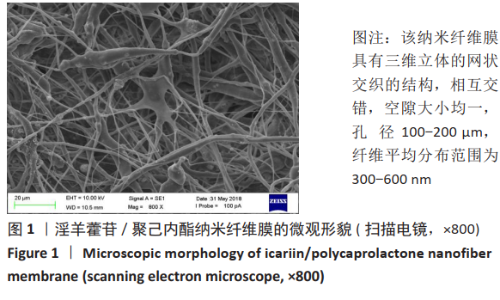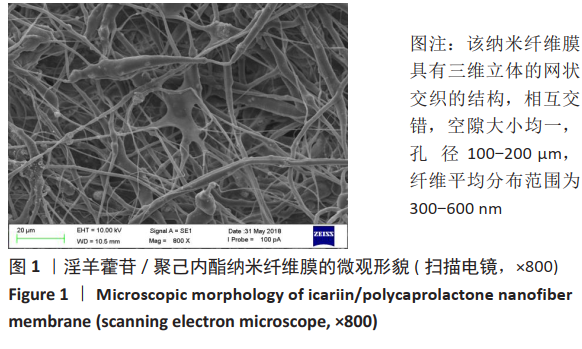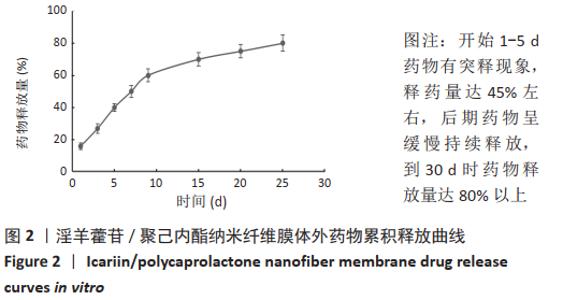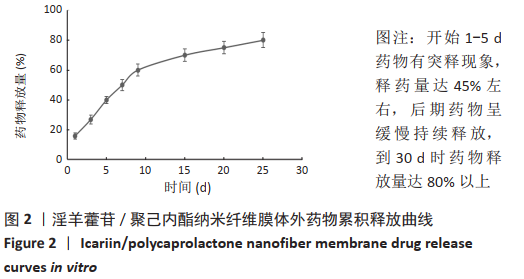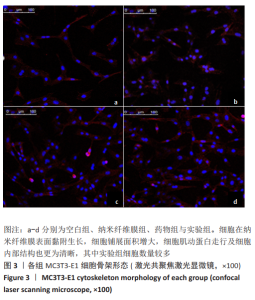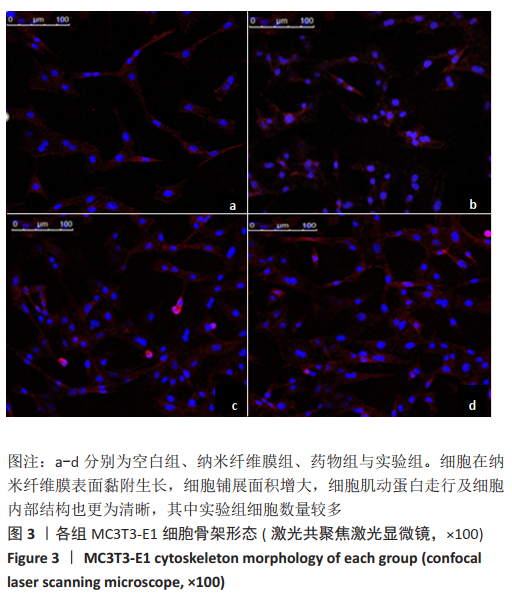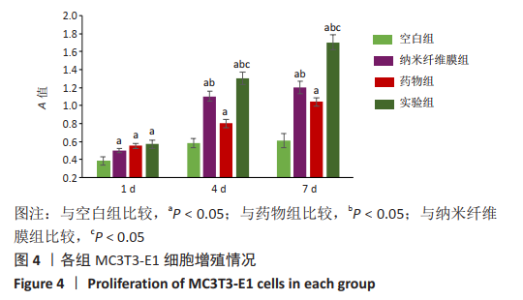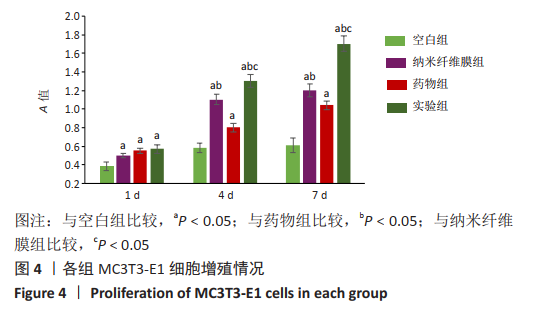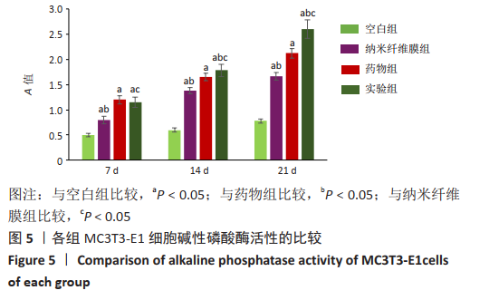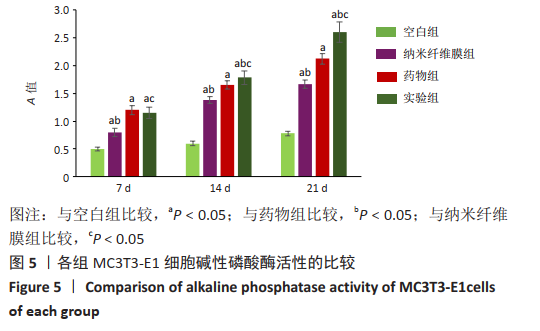[1] EGGERT FM, LEVIN L. Biology of teeth and implants: The external environment, biology of structures, and clinical aspects. Quintessence Int. 2018;49(4):301-312.
[2] Guglielmotti MB, Olmedo DG, Cabrini RL. Research on implants and osseointegration. Periodontol 2000. 2019;79(1):178-189.
[3] BOSSHARDT DD, CHAPPUIS V, BUSER D. Osseointegration of titanium, titanium alloy and zirconia dental implants: current knowledge and open questions. Periodontol 2000. 2017;73(1):22-40.
[4] AL-MAHALAWY H, MAREI HF, ABUOHASHISH H, et al. Effects of cisplatin chemotherapy on the osseointegration of titanium implants. J Craniomaxillofac Surg. 2016;44(4):337-346.
[5] YAMAGUCHI K, KAJI Y, NAKAMURA O. Prefabrication of Vascularized Allogenic Bone Graft in a Rat by Implanting a Flow-Through Vascular Pedicle and Basic Fibroblast Growth Factor Containing Hydroxyapatite/Collagen Composite. J Reconstr Microsurg. 2017;33(5):367-376.
[6] ZENDRON MV, CARDOSO MV, VERONESI GF. Bone Graft and Substitutes Associated with Titanium Dome for Vertical Bone Formation in Osseointegrated Implants: Histomorphometric Analysis in Dogs. Int J Oral Maxillofac Implants. 2018;33(2):311-318.
[7] NOSRATI H, SALEHIABAR M, MANJILI HK, et al.Preparation of magnetic albumin nanoparticles via a simple and one-pot desolvation and co-precipitation method for medical and pharmaceutical applications. Int J Biol Macromol. 2018;108:909-915.
[8] POLO-CORRALES L, LATORRE-ESTEVES M, RAMIREZ-VICK JE. Scaffold design for bone regeneration. J Nanosci Nanotechnol. 2014;14(1):15-56.
[9] NYMAN S, LINDHE J, GOTTLOW J. New attachment fol-lowing surgical treatment of human peri- odontal disease. J Clin Periodontol. 1982;9(4): 290-296.
[10] DAHLIN C, SENNERBY L, LEKHOLM U, et al. Generation of new bone around Titanium using a membrane technique: an experiment study in rabbits. Int J Oral Maxillofac Implants. 1989;4(1):19-25.
[11] ELGALI I, OMAR O, DAHLIN C, et al. Guided bone regeneration: materials and biological mechanisms revisited. Eur J Oral Sci. 2017;125(5):315-337.
[12] SIMONA AD, FLORINA A, RODICA CA, et al. Nanoscale delivery systems: actual and potential applications in the natural products industry. Curr Pharm Des. 2017;23(17):2414-2421.
[13] WANG P, ZHAO L, LIU J, et al. Bone tissue engineering via nanostructured calcium phosphate biomaterials and stem cells. Bone Res. 2014;2:14017.
[14] ROSA AR, STEFFENS D, SANTI B, et al. Development of VEGF-loaded PLGA Matrices in Association With Mesenchymal Stem Cells for Tissue Engineering. Braz J Med Biol Res. 2017;50(9):e5648.
[15] NAGASE K, NAGUMO Y, KIM M, et al. Local Release of VEGF Using Fiber Mats Enables Effective Transplantation of Layered Cardiomyocyte Sheets. Macromol Biosci. 2017;17(8).doi: 10.1002/mabi.201700073.
[16] WHITEHEAD TJ, SUNDARARAGHAVAN HG. Electrospinning Growth Factor Releasing Microspheres Into Fibrous Scaffolds. J Vis Exp. 2014; (90):51517.
[17] XU F, CUI FZ, JIAO YP, et al.Improvement of cytocompatibility of electrospinning PLLA microfibers by blending PVP. J Mater Sci Mater Med. 2009;20(6):1331-1338.
[18] DENG L, TAXIPALATI M, ZHANG A, et al. Electrospun Chitosan/Poly(ethylene oxide)/Lauric Arginate Nanofibrous Film With Enhanced Antimicrobial Activity. J Agric Food Chem. 2018;66(24):6219-6226.
[19] MALIKMAMMADOV E, TANIR TE, KIZILTAY A, et al.PCL and PCL-based materials in biomedical applications. J Biomater Sci Polym Ed. 2018;29(7-9):863-893.
[20] ANG SL, SHAHARUDDIN B, CHUAH JA, et al.Electrospun poly (3-hydroxybutyrate-co-3- hydroxyhexanoate) / silk fibroin film is a promising scaffold for bone tissue engineering. Int J Biol Macromol. 2020;145:173-188.
[21] LIU Y, ZUO H, LIU X, et al. The antiosteoporosis effect of icariin in ovariectomized rats: a systematic review and meta-analysis. Cell Mol Biol (Noisy-le-grand). 2017;63(11):124-131.
[22] 郝福良. 淫羊藿苷促进兔颅骨缺损修复愈合的影响和机制的探讨[D].石家庄:河北医科大学,2013.
[23] KIM SE, YUN YP, LEE JY, et al. Co-delivery of platelet-derived growth factor (PDGF-BB) and bone morphogenic protein (BMP-2) coated onto heparinized titanium for improving osteoblast function and osteointegration. J Tissue Eng. 2015;9(12):E219-E228.
[24] MARTÍN-FERNÁNDEZ M, VALENCIA K, ZANDUETA C, et al.The usefulness of bone biomarkers for monitoring treatment disease:a comparative study in osteolytic and osteosclerotic bone metastasis models. Transl Oncol. 2017;10(2):255-261. |
